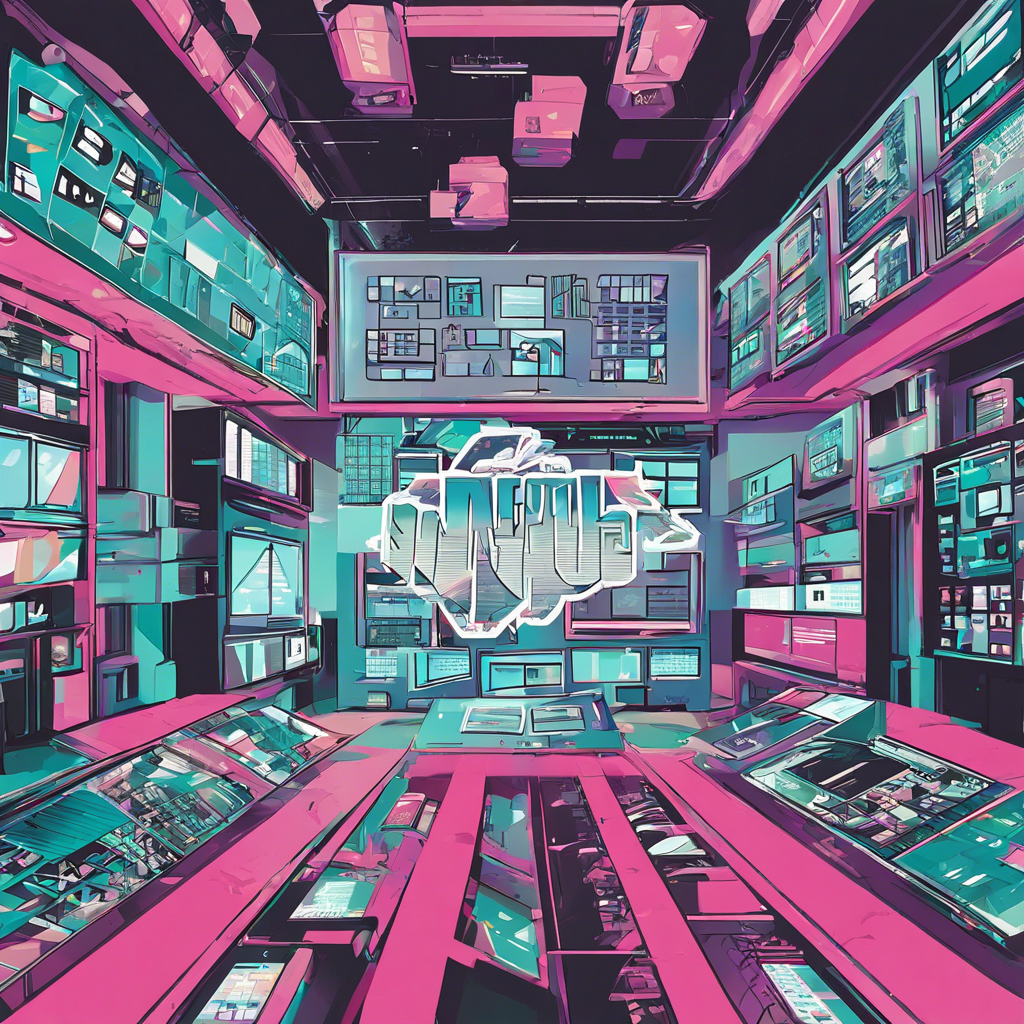Welcome to the world of NFTs, or Non-Fungible Tokens, the latest buzzword in the digital economy! In the vast landscape of digital assets, NFTs have emerged as a unique and revolutionary concept, offering a new way to define ownership and value in the virtual realm. So, what exactly are NFTs and why are they causing such a stir? Simply put, NFTs are digital certificates of authenticity, stored on a blockchain, that provide proof of ownership and originality for digital items. From digital art to virtual real estate, collectables, and even tweets, NFTs are transforming the way we perceive and interact with digital assets. Imagine having a digital painting, a unique creation by an artist, and being able to prove that you are the sole owner of this masterpiece. That’s the power of NFTs – they turn digital content into verifiable assets. The market for NFTs has witnessed an astonishing surge in popularity and value. In 2021, the total sales volume of NFTs reached nearly $25 billion, an eye-watering figure that caught the attention of investors, artists, and collectors alike. This booming market has attracted a diverse range of participants, from traditional art collectors and enthusiasts to cryptocurrency investors and tech-savvy millennials. The appeal is straightforward—NFTs provide a secure and transparent way to invest in digital assets, offering both financial returns and the thrill of owning something unique and rare.
The technology behind NFTs is blockchain, the same secure and transparent technology that powers cryptocurrencies. Blockchain’s distributed ledger system ensures that each NFT is unique and provides an unalterable record of ownership. This technology has proven to be a game-changer, as it addresses the issues of authenticity and ownership, which have traditionally plagued the digital world. Artists and creators can now sell their digital creations directly to consumers, bypassing intermediaries and ensuring they receive fair compensation. This has opened up new revenue streams and empowered artists to build sustainable careers in the digital realm. The digital economy is evolving rapidly, and NFTs are at the forefront of this revolution. They are not just a passing trend but represent a fundamental shift in how we value and interact with digital content. The traditional art world has already embraced this technology, with major auction houses like Christie’s and Sotheby’s hosting NFT auctions, further blurring the lines between physical and digital art. This integration of digital and traditional art markets is a testament to the growing acceptance and potential of NFTs.
Furthermore, NFTs are not limited to the art world; they are finding applications across diverse sectors. In the gaming industry, NFTs are being used to create unique in-game assets, providing players with true ownership and control. Virtual fashion is another exciting area, with digital garments and accessories being sold as NFTs, allowing users to dress their digital avatars in rare and exclusive items. As we continue to explore the potential of the metaverse and virtual worlds, NFTs will likely play a pivotal role in shaping these digital environments. Despite the excitement surrounding NFTs, it is essential to approach this emerging market with caution. Like any new technology, it is still evolving, and the regulatory framework is yet to catch up fully. Volatility in NFT prices and concerns about environmental impact due to the energy-intensive blockchain processes are valid issues that need to be addressed. Nonetheless, the potential of NFTs to transform the digital economy is undeniable. They offer a compelling way to monetize digital creations, support artists, and drive innovation in various industries. As we move further into the digital age, NFTs will likely become an integral part of our online lives, shaping the way we collect, invest, and interact with the digital world. The digital economy is ready for its close-up, and NFTs are the stars of this new era.
